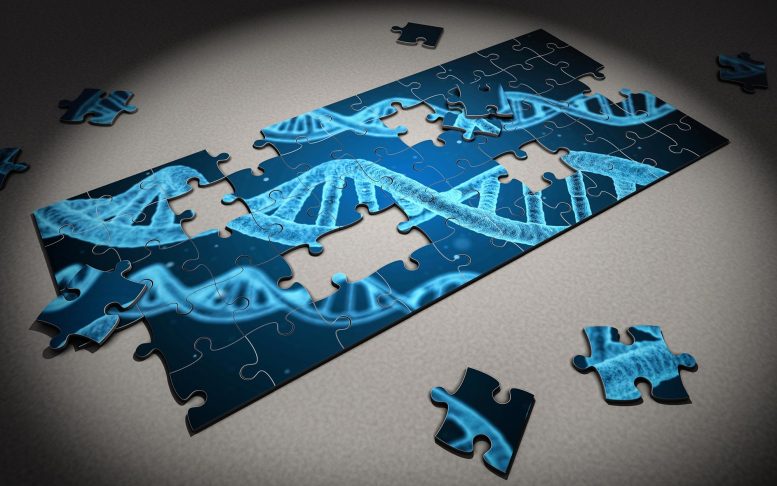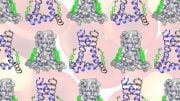
The research found a strong indication that the BTNL9 protein helps cells in maintaining healthy cholesterol levels.
The finding demonstrates how vital it is to ensure diversity in genetic databases.
According to a recent study conducted by geneticists at the University of Pittsburgh School of Public Health in collaboration with several other organizations, including the University of Otago and the Samoan health research community, the discovery of a genetic variant that is relatively common among individuals of Polynesian descent but very rare in most other populations is providing clues to the genetic underpinnings of high cholesterol in all people.
The unexpected finding underscores the value of ensuring diversity in genetic databases and was recently published in the journal Human Genetics and Genomics Advances.
“If we had only been looking in populations with European ancestry, we might have missed this finding entirely,” said lead author Jenna Carlson, Ph.D., assistant professor of human genetics and biostatistics at Pitt Public Health. “It was through the generosity of thousands of Polynesian people that we were able to find this variant, which is a smoking gun that will spark new research into the biology underlying cholesterol.”
According to the World Health Organization, high cholesterol is a significant source of disease burden in nations of all economic levels, is a risk factor for heart disease and stroke, and is estimated to cause 2.6 million deaths globally each year.
Carlson and her team built their study to explore a signal that popped up in a large genome-wide survey looking for genes associated with lipids, or fats, in the body. It suggested that a gene variant on chromosome 5 could be associated with cholesterol. The team set out to “fine map” the region using genetic data from 2,851 Samoan adults from the Obesity, Lifestyle, And Genetic Adaptations (OLAGA, which means “life” in Samoan) Study Group who had also provided health information, including lipid panels.
To double-check the finding, the team looked for the association in 3,276 other Polynesian people from Samoa, American Samoa, and Aotearoa New Zealand, and the same connection between the variant and cholesterol was seen in them.
Using data from the western Polynesian Samoan participants, the team was able to fill in the missing information around the region they were interested in on chromosome 5. This led them to BTNL9 – a gene that directs the production of the BTNL9 protein. Proteins typically signal to cells to perform actions, though scientists still haven’t characterized the precise role of the BTNL9 protein.
It turned out that Polynesian people with low levels of HDL “good” cholesterol and high levels of triglycerides had a “stop-gain” variant in BTNL9, which means the gene was being directed to stop doing its protein-production job, a strong hint that the BTNL9 protein is involved in helping cells maintain healthy cholesterol levels.
“We don’t know a lot about this variant because it’s not seen in published genome references, which overrepresent European ancestry individuals – it’s virtually nonexistent in European ancestry populations, has a very low frequency in South Asians, and isn’t even particularly common in eastern Polynesian people, such as Māori living in Aotearoa New Zealand,” Carlson said. “But the way it’s linked to lipid panels in Samoan people tells us that this gene is important to cholesterol, something we didn’t know before. By further exploring BTNL9, we might someday discover new ways to help everyone maintain healthy cholesterol levels.”
Reference: “A stop-gain variant in BTNL9 is associated with atherogenic lipid profiles” by Jenna C. Carlson, Mohanraj Krishnan, Samantha L. Rosenthal, Emily M. Russell, Jerry Z. Zhang, Nicola L. Hawley, Jaye Moors, Hong Cheng, Nicola Dalbeth, Janak R. de Zoysa, Huti Watson, Muhammad Qasim, Rinki Murphy, Take Naseri, Muagututi’a Sefuiva Reupena, Satupa‘itea Viali, Lisa K. Stamp, John Tuitele, Erin E. Kershaw, Ranjan Deka, and Ryan L. Minster, 12 October 2022, Human Genetics and Genomics Advances.
DOI: 10.1016/j.xhgg.2022.100155
The study was funded by the National Institutes of Health (NIH) and the New Zealand Health Research Council.









Cholesterol levels are lower in fair skin blue eyed individuals, and higher in brown or dark skin and dark eyed individuals. Cancers
especially skin cancers are higher in fair skinned people and more rare in dark skinned individuals. Life balances out.